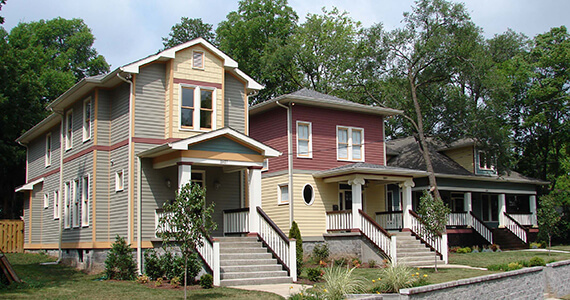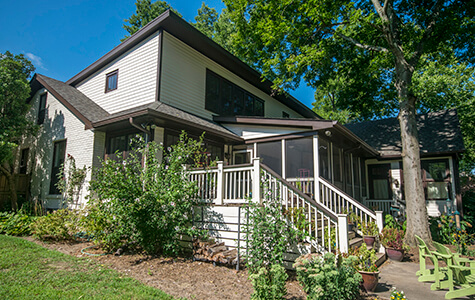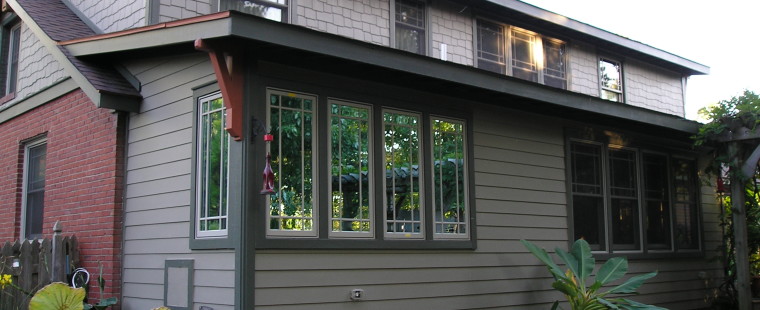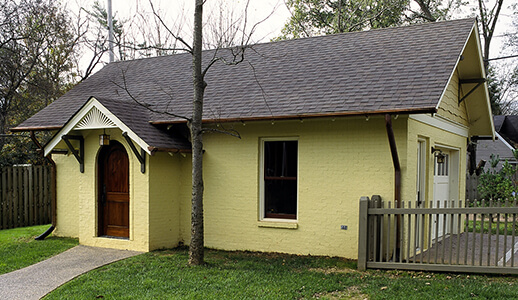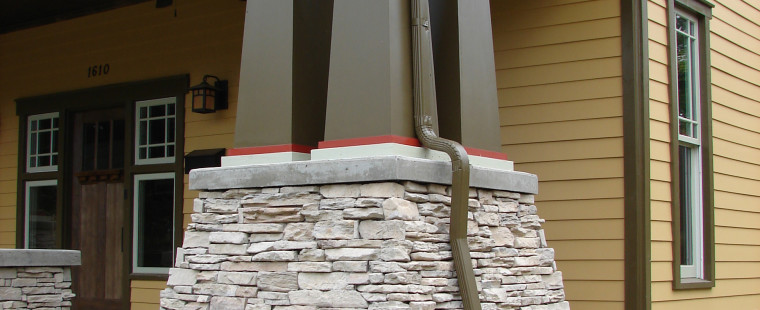Jeff Middlebrooks of E3 Innovate and Lynn Taylor of Taylor Made Plans are in a semi-condition sealed crawl space. Jeff discusses the important of insulating the rim joist pocket, passive radon system and the vapor barrier.
As always: It is your responsibility to check and make sure they have a construction license, liability insurance, workman’s comp, and bonded. They should be able to provide you with a license number. Their insurance company will provide the liability insurance and / or workman’s comp information directly to you. Please call Taylor Made Plans if you have any questions.
Taylor Made Plans YouTube channel comment on January 13, 2011:
I agree with you insulating the rim joist with foam but what about the walls ? You paid to insulate the block cores which probably cost just as much as spraying the entire wall with foam. Also insulating the cores does not prevent the transfer of heat or cold thru the block wall. Also you have plastic down as a vapor barrier but used open cell foam to seal it. Open cell foam in NOT a vapror barrier at any thickness !!! Good job on using foam but I think you should read up on it a little bit more
There is only a 500-word limit in the YouTube comment section, we wanted to respond correctly. This should be helpful for everyone!
Thank you for your response. Core filling block in our area is actually much less expensive than applying spray foam insulation (open or closed). The typical installation practice is to core fill block the with a low density foam and insulate the band with fiberglass batts.
While this is not the ideal system by any means it can be effective at controlling humidity which is why we seal crawl spaces in climate zone 4.
You might have heard on the video that this house was being constructed for a non-profit organization. Budget was of utmost concern. E3 innovate, the company mentioned, donated the vapor barrier installation as well as the band spray foam. At this point, the blocks were already filled. It was not cost effective to provide a redundant application on the walls.
In terms of choice of spray foam, there are two points to consider. First we must not confuse the amount of moisture that could potentially enter a dwelling form exposed earth with the amount of moisture that could potentially enter from the band. A well sealed vapor barrier is a must (and in this case 12 mil cross laminated). While the open cell is not a vapor barrier, it is a retarder and any moisture migration through the band can easily be dried out by the mechanical drying plan (in this case 75 cfm of conditioned air). Also please remember this is the south where 90% humidity is not uncommon. The band is constructed of organic materials. Installing closed cell does run the risk of trapping moisture between the foam and house wrap. I’ll concede this is a low probability but at most offsets the probability that the amount of air born moisture that penetrates the open cell will overrun the mechanical drying system.
Does the Magdalene house fall short on the strictest of green building measures? Most certainly. But the Magdalene House constructed a very energy efficient and durable structure within their limited means. The nominal energy and money saved from using a closed cell per se is better spent on educating this group’s stakeholders on the importance of getting off the streets. This in turn allows for a beginners education on the wise use of energy and how conservation is critical to our nation’s future.
Thank you for your response. We sense the author’s passion.
Jeff Middlebrooks of E3 Innovate, LLC
















